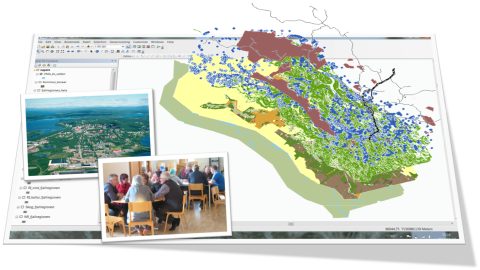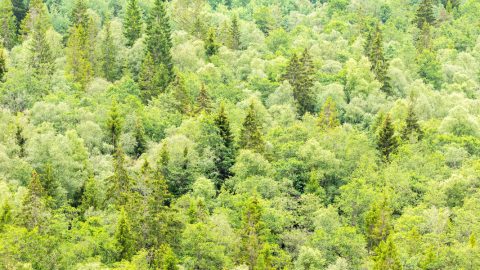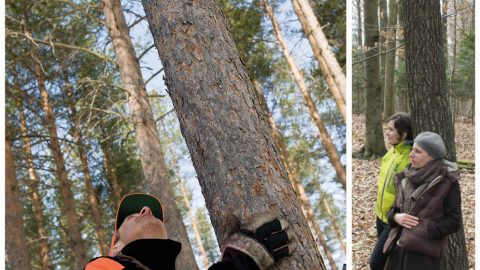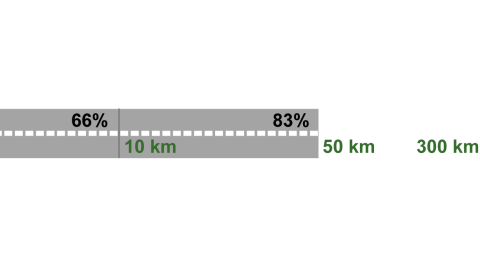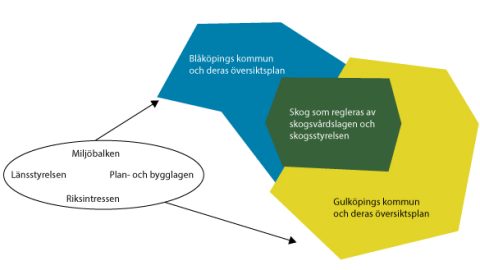In the increased densification of cities, the city’s green areas and urban forests are gradually decreasing. Even though overview planning emphasizes its importance and role in the city, this process seems to be consistent. In addition to the direct aesthetic…
Forests in municipal planning are important for sustainable development
The use of local natural resources, particularly forest resources, are important for many rural municipalities. Municipal spatial planning is a key tool in finding a balance between ecological, social and economic sustainability in social development based on a landscape perspective…
Public support for diverse forests
The forest is an important natural resource for Sweden. In order to combat conflicts about how the forest is to be used and managed, it is important to take into account public opinion. Changed climate is expected to increase the…
Traditions hinder forests’ adaptation to climate change
As the climate changes, so do the forest and the conditions for forestry. This demands an adaptation of forest management in order to minimize risks and create conditions for forests that will be healthy and resilient in the future. However,…
Gender matters when owning forest
Despite the fact that approximately 30 percent of the forest owners in Europe are women, there is a lack of basic insight and knowledge regarding the significance of gender when it comes to who owns forest and how the ownership…
Traditions challenge gender-equality work in Swedish forestry
In a traditionally men-dominated industry like forestry, work for gender equality can be a great challenge. Traditions and norms constitute challenges as they generates different forms of resistance. However, as a new research article shows, this resistance may also present…
Participation in decision-making is a complex issue
The post-war era has brought with it many social changes in the Western world, not least in regard to democracy. The major trend is increased democratization and greater transparency in central societal processes such as planning and decision-making, for example…
There is not a countryside, there are many
There is a prevailing view of the countryside that is generalized, and at times dark, as areas that exist merely for the cities and seldom as areas with their own innate value. Such a view causes one to miss the…
Who are forest owners and where do they live?
The typical forest owner lives in the same municipality where his/her forest property is located, has no more moves planned, and is a bit older than the general population. The new forest owner tends to be a younger woman, with…
The forest needs to be included in the municipalities’ planning
An overarching plan that includes forest and municipal planning as well as other land-use interests is motivated, not least with thought to the possibility to understand and handle conflicts concerning the forest landscape. Municipalities establish a municipal development plan accounting…


